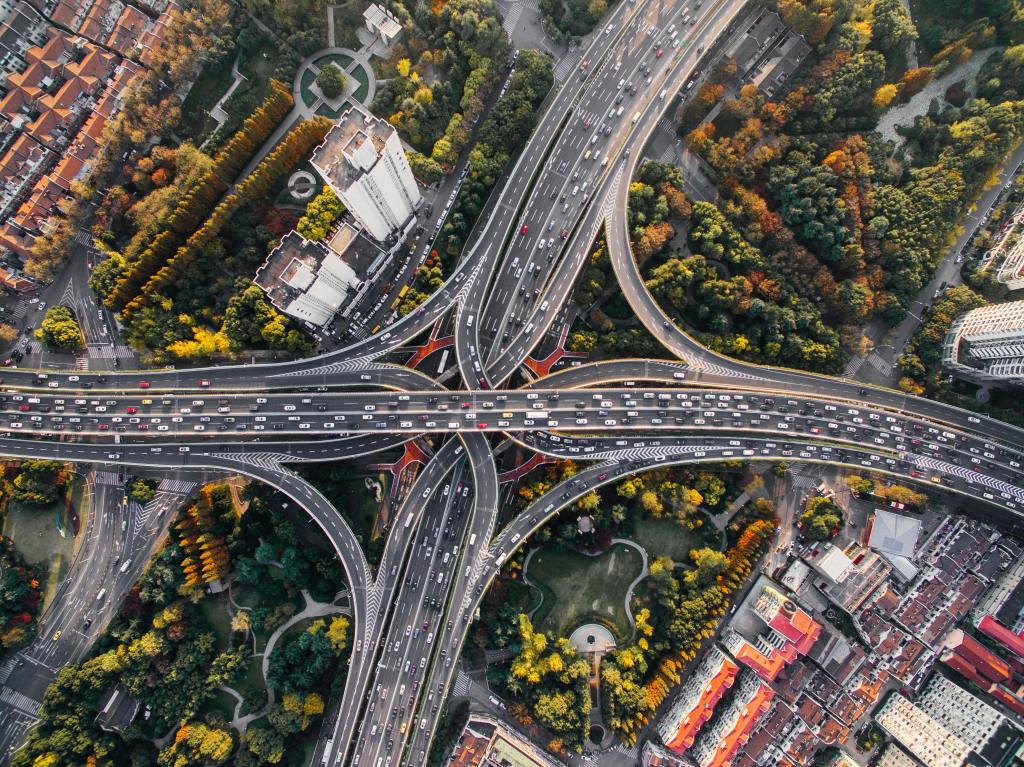
If you are a longtime reader of this blog, you’ll know that I am a supporter of road pricing. I believe it’s the only way to realistically solve the problem of traffic congestion and I believe that underpricing roads (such as not charging for them) isn’t fair and equitable to taxpayers, especially given our need to shift to more sustainable forms of mobility.
Todd Litman’s recent opinion piece in the Globe and Mail is a good reminder of these points:
Also, new highways are far more expensive than most people realize, typically costing tens of millions of dollars for each kilometre of lane. Considering land, construction and additional operating expenses, the cost-recovery price for additional highway capacity – the toll required to repay its incremental costs – is typically 50 cents to $2.00 per vehicle-kilometre, far more than what motorists pay in fuel taxes.
The law of demand is a fairly simple economic concept. It states that price and quantity demanded have an inverse relationship. The more you charge for something, the less demand there will be. And the less you charge for something, the more demand there will be.
So it shouldn’t come as a surprise to anyone that when you underprice road and highway usage, you get lots of demand — oftentimes too much demand. As Litman argues in his article: “You can have free roads or you can have free-flowing traffic, but it is not economically feasible to have both.”
Photo by Denys Nevozhai on Unsplash

Interesting article and in an altruistic world, it would work. However, southern Ontario’s transit planning has been based on what developers want and not what citizens need. The Crosstown LRT cost 100 million dollars per kilometer. Ironically, the head of the TTC in 1969 proposed that exact route (along with a relief subway from Dundas West to Queen and up Pape) . This was vetoed by council.
LikeLike
Pingback: What would you do if you were Mayor? – BRANDON DONNELLY